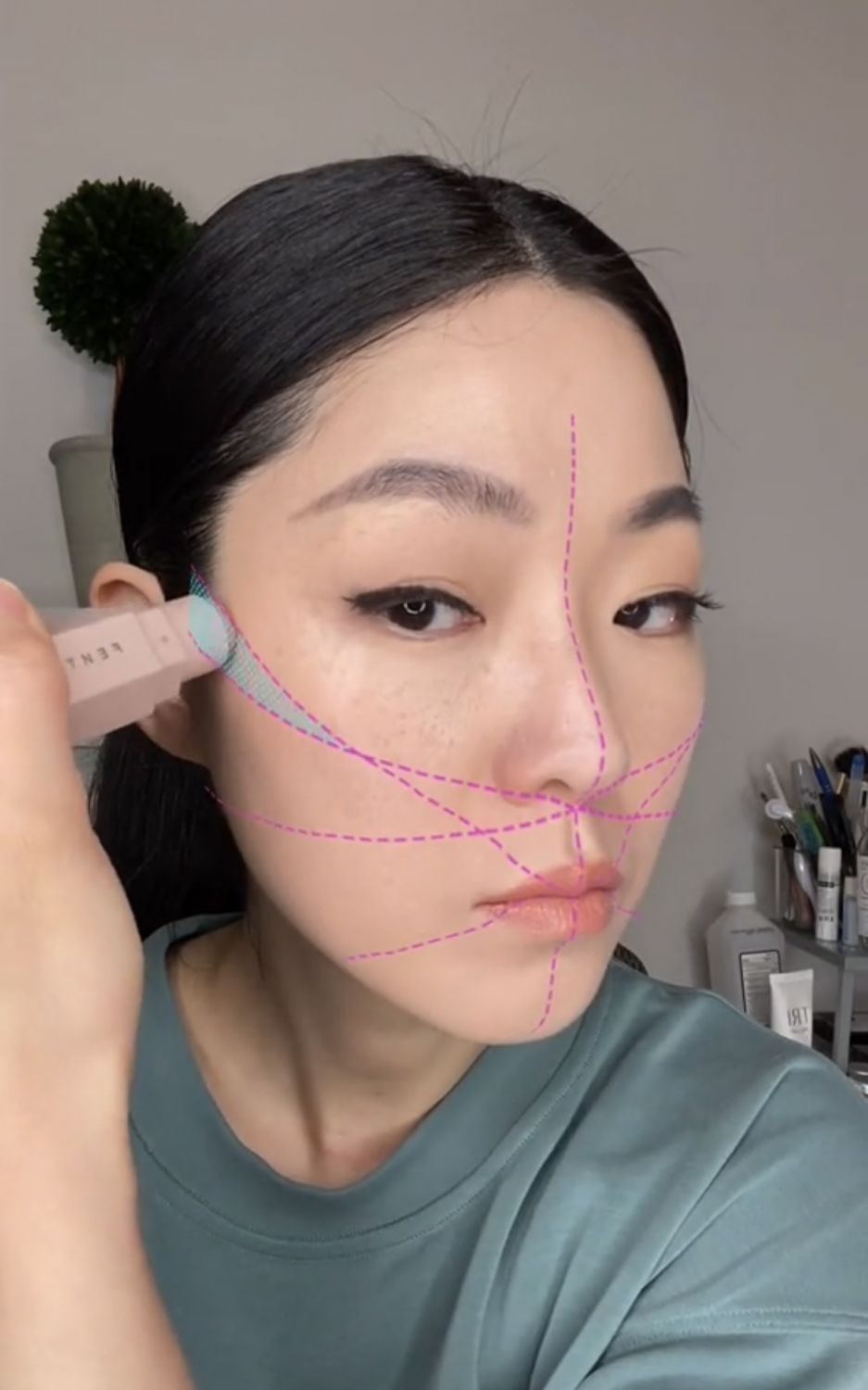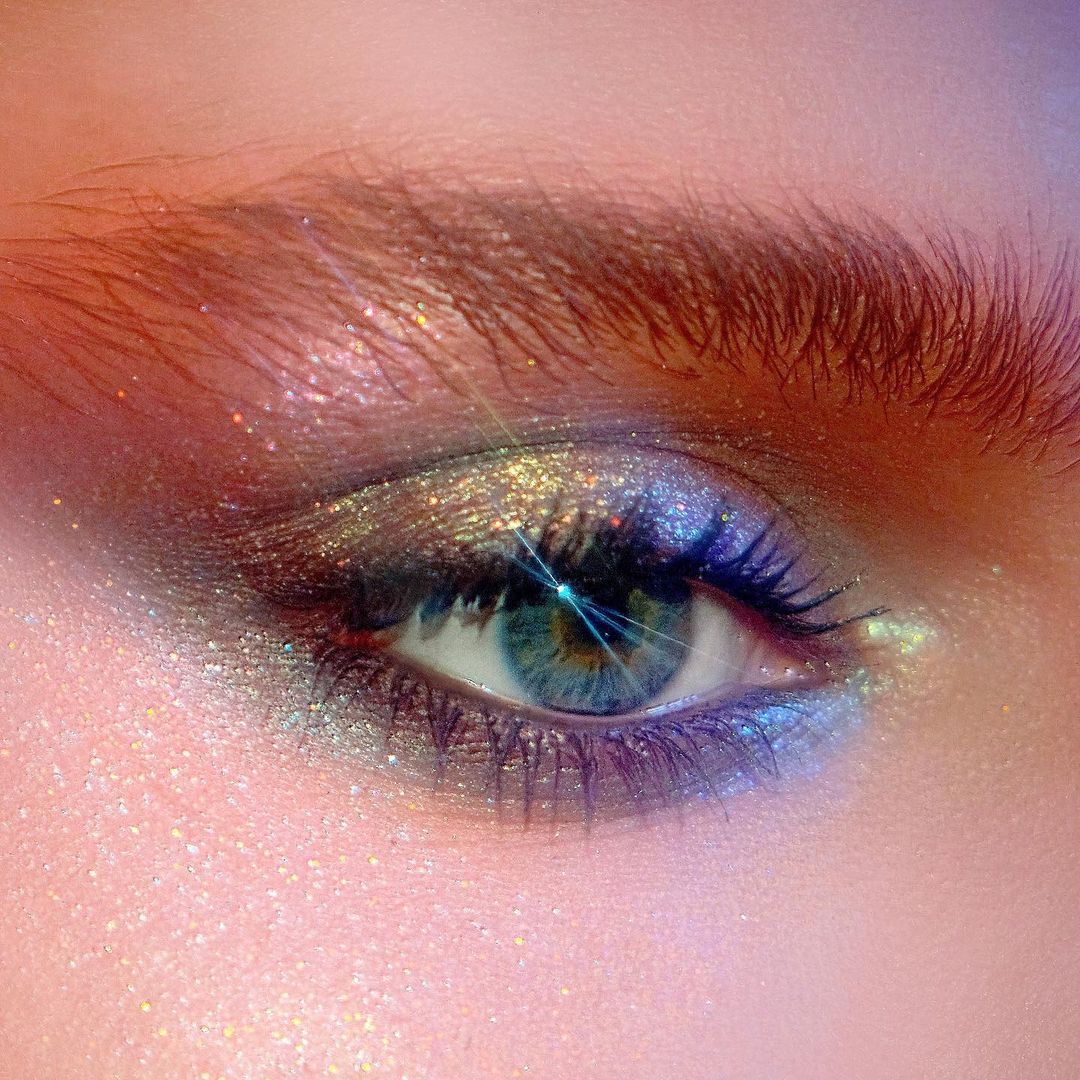Creators in the beauty sphere are pushing the boundaries of online filters, using them for creative expression and as practical tools, and changing the way we approach make-up
A decade of facial filters on photo-sharing apps has moved them from digital decoration to a cultural norm—but does this change in use mean a shift in mindset? The first foray into filters began as cartoonish masks of floppy-tongued pets that were used to make Snapchat selfies more playful. Then they became beautifying tools for editing photos on Instagram to make skin smoother, lips fuller and jaws slimmer. This phenomenon was developed into full-blown apps that are still popular, particularly on Chinese and Korean social media.
Read more: October 2022: The Best New Beauty Products to Shop Right Now
Several studies in recent years have pointed to the damage that social media can do to mental health due to the constant barrage of “perfect” bodies and faces—often created using filters. In 2020, an article in the JAMA Facial Plastic Surgery journal reported that cosmetic surgeons were seeing an increase in patients requesting procedures to make them look more like their “filtered” selves. But not all associations are negative.
Post-2020, make-up filters have infiltrated video in the form of TikToks, Instagram Reels and YouTube Shorts, changing the way beauty content is being made. They include the likes of wheels that randomly suggest unique eyeliner shapes, every colour of lipstick imaginable and vibrant blushes with emoji-shaped freckles. This has captured the attention of the beauty community, and by extension anyone who wears make-up, as filters have moved away from concealing appearances to celebrate creativity and explore the potential of make-up application.


“Four years ago, I worked on a fashion show in New York where the make-up concept was a commentary on how people manipulated their face by using beautifying filters,” says Regan Rabanal, a Hong Kong-based make-up artist and the educational director for Mac Cosmetics in Asia. “We applied contour, highlight and powder but left it in an unblended state. It was a statement.”
Rabanal has seen this shift in how filters are being used online and believes that they are disrupting things positively. He says, “We’ve built a different relationship with filters. The online community is looking for authenticity and using them is an easy way to join conversations or interact with people and trends.”
Don't miss: Asia’s Original Supermodel QiQi Looks Back on Three Decades in Beauty and Fashion
Rabanal draws inspiration from filters and integrates them into his posts on Instagram, whether it’s experimenting with different eye looks using eyeliner randomisers or partaking in “reveals” set to Celine Dion’s It’s All Coming Back to Me Now and inviting his followers to try their hands at these looks.
“Sometimes you run out of creative juice. What I like about filters is that they spark excitement and the desire to create something new,” he says. “Filters can ‘choose’ your make-up for the day, which is so convenient.”







